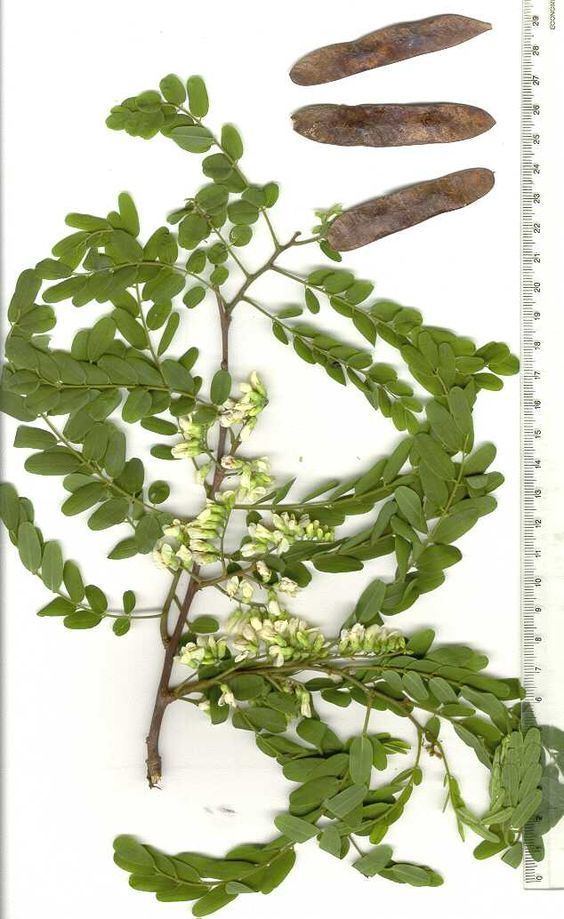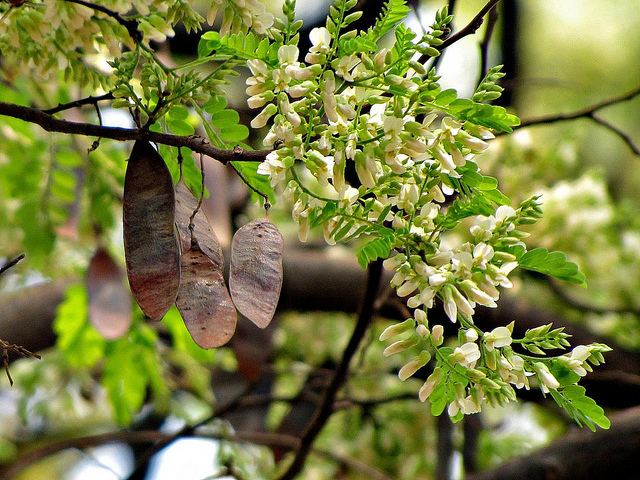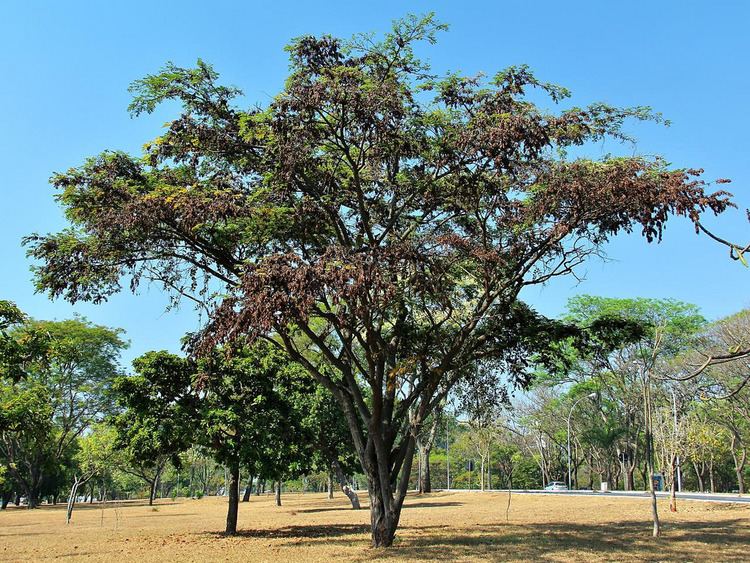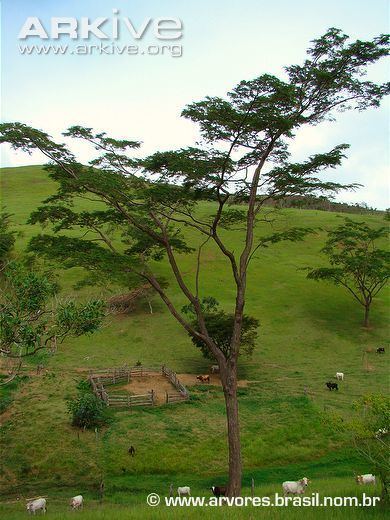Higher classification Dalbergia | ||
Similar Narra, Indian sandalwood, Red sandalwood, Achiote, Dalbergia | ||
Brazilian rosewood dalbergia nigra
Dalbergia nigra, commonly known as the Bahia rosewood, jacarandá da Bahia, Brazilian rosewood, Rio rosewood, jacarandá de Brasil, pianowood, caviuna, or obuina, is a species of legume in the Fabaceae family.
Contents
- Brazilian rosewood dalbergia nigra
- Jacarand da bahia dalbergia nigra linhares es
- Description
- Former uses
- Habitat and distribution
- Conservational status
- References
Jacarand da bahia dalbergia nigra linhares es
Description

Dalbergia nigra produces a very hard and heavy wood, characteristically varied in color from brick red through various shades of brown (medium to nearly black). Pieces that feature veins of black coloration called spider webbing or landscape grain are especially prized. Brazilian rosewood has a distinctive floral fragrance—reminiscent of roses with a distinctive sweetness—and strongest in old growth wood. Another distinguishing feature is its outstanding resonance. An evenly cut piece that is tapped emits a bright metallic ring that sustains. This property, combined with its beauty, has made Brazilian rosewood a favorite of musical instrument makers for centuries.
Brazilian rosewood is highly resistant to insect attacks.

There are many species in the Dalbergia genus that can be confused with Dalbergia nigra, but the latter can be recognised by its colour and resin. It may also be confused with Machaerium, which has a more compact parenchyma and lack large pores.
Very little is known about the ecology and reproduction of the Brazilian rosewood.
Former uses

The wood of this species has been much sought after since it was first introduced to the European and subsequently the world market, hundreds of years ago. Dalbergia nigra became popular in high grade furniture, such as that produced during the Regency period of late 18th and early 19th centuries—and more recently by Scandinavian makers, who produced furniture in the Danish Modern style. This species has also been used in various musical instruments, decorative wood-ware, knife handles and turnery. Much of the most highly figured material was sliced into veneers, which decorated items such as domestic and office furniture, wall panels, piano cases and it was also a favourite of marquetry artists.

Old growth Brazilian rosewood remains highly prized by classical and steel string guitar makers, who regard it as perhaps the best sounding wood for guitar backs and sides. It was used in instruments as long ago as the late Renaissance and Baroque eras, when luthiers used it for lute backs (ribs) and various parts of other stringed musical instruments. It was also used in woodwind instruments, such as bassoons, flutes and recorders.
Habitat and distribution

Dalbergia nigra needs a habitat of wet and damp (hygrophilous) forest on rich soils to thrive. It is only found in the Atlantic Forest of southeastern Brazil, from southern Bahia to Minas Gerais and Rio de Janeiro.
Conservational status
Dalbergia nigra is listed as vulnerable on the international IUCN Red List. The trees' regeneration rates among existing populations are poor, possibly because the seeds of the few remaining fruiting trees are heavily predated by rodents. In addition it is threatened by habitat loss, since most of the plant's forest habitats have been converted to farmland. Due to its endangered status, it was CITES-listed on Nov. 6, 1992, in Appendix I (the most protected), and trade in it is restricted.
